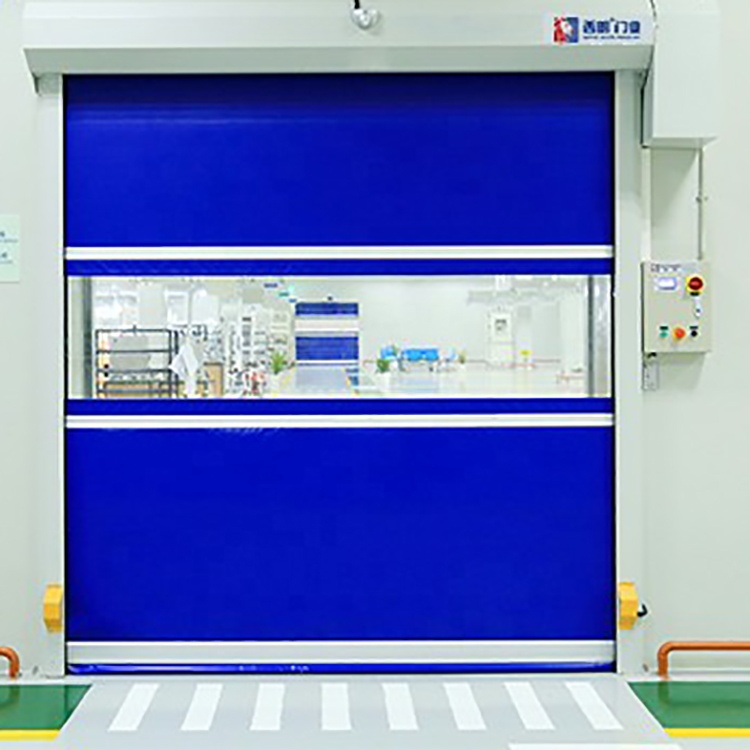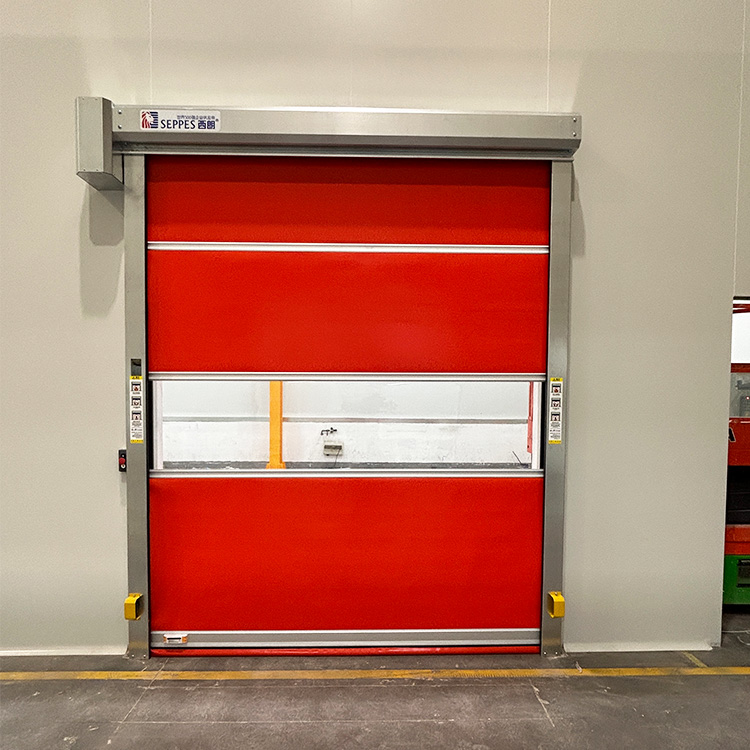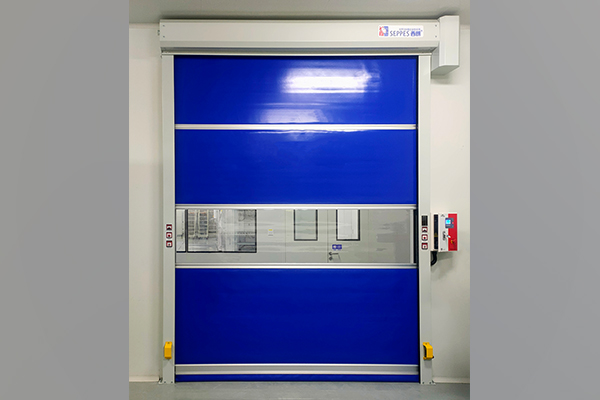In response to the rapid growth of the battery industry, a leading battery manufacturer has recently installed high speed doors in its production facility to improve operational efficiency and maintain strict environmental standards. This move is expected to enhance the company's productivity while ensuring the quality of its products.
1. Boosting Operational Efficiency
High speed doors have recently been installed in a prominent battery production facility, dramatically enhancing its operational efficiency. Battery manufacturing involves numerous intricate processes, from the handling of raw materials to assembly and quality assurance. With each stage requiring frequent movement of materials and finished products, the quick opening and closing mechanism of high speed doors has proven to be a game-changer.
Traditional doors often slow down production due to their longer opening times and the physical space they occupy when in use. High speed doors, on the other hand, can open and close in seconds, allowing for rapid material flow. This reduces waiting times and facilitates smoother transitions between different stages of production. As a result, the facility has reported a 30% increase in production speed, particularly during peak periods when the swift movement of goods is crucial to meeting high demand. The faster turnover of materials has not only streamlined operations but also improved worker efficiency, as there are fewer delays during transport.
2. Enhanced Environmental Control
One of the key benefits of high speed doors in a battery production environment is their ability to maintain strict environmental control. In the production of batteries, maintaining a clean and stable environment is critical, as even small amounts of dust, debris, or fluctuations in temperature and humidity can compromise the quality and longevity of the product.
High speed doors are equipped with superior sealing technology that effectively isolates the internal production areas from external pollutants. This minimizes the risk of contaminants like dust or moisture entering the clean zones of the facility, which is particularly important in sectors like battery manufacturing, where environmental precision is essential. Additionally, these doors help maintain consistent internal temperatures, reducing the impact of external weather conditions. This level of control ensures that the production process remains uninterrupted by environmental factors, preserving the quality and performance of the batteries being produced.
3. Significant Energy Savings
High speed doors help mitigate this issue by minimizing the time they remain open, thereby reducing the amount of air that escapes from the production areas. In the case of the battery production facility, this has led to energy savings of approximately 15%, as the facility now experiences less fluctuation in temperature. Over time, this reduction in energy consumption translates to substantial cost savings, contributing to the company’s overall sustainability goals. The reduction in energy waste also aligns with broader industry trends toward greener, more environmentally conscious manufacturing practices, helping the facility reduce its carbon footprint.
4. Supporting Automation and Future Growth
The installation of high speed doors is a key step in supporting the automation of the battery production facility. As the industry continues to evolve toward more automated and intelligent production processes, the integration of high speed doors into the facility’s systems has enabled a higher degree of automation. These doors can be linked to sensors or automated systems, allowing them to open and close without manual intervention. This not only enhances workflow efficiency but also reduces the potential for human error, further optimizing the production process.

The installation of high speed doors in this battery production facility has brought about a range of significant benefits, from increased operational efficiency and enhanced environmental control to energy savings and support for automation. As the battery industry grows and evolves, such innovations will be critical in ensuring that manufacturers can meet rising demand while maintaining high standards of quality and sustainability.




Comment (0)